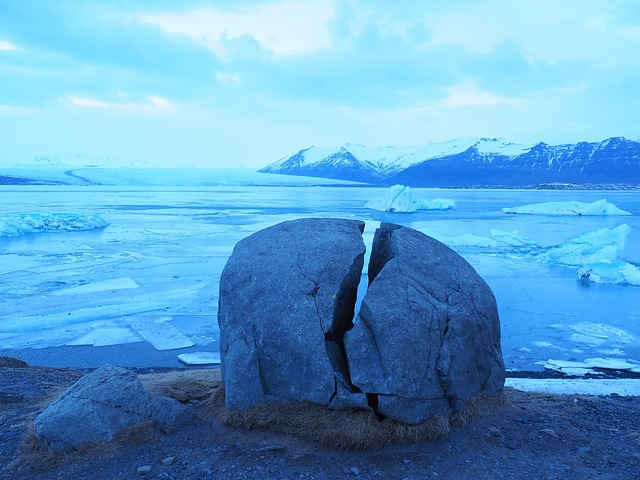The ongoing saga of climate change has brought extreme weather phenomena to the forefront of global consciousness. As we observe the increasingly frequent and severe storms, heatwaves, and floods, it becomes evident that these events are not isolated but interconnected, reflecting a broader pattern of environmental distress. The melting of ice caps and glaciers is perhaps one of the most alarming manifestations of our changing climate, serving as a reminder of the fragility of our planet.
Extreme weather events, once considered rare occurrences, are becoming alarming norms. Scientists link these heightened patterns of severity to the gradual warming of the atmosphere, primarily due to human activities such as fossil fuel combustion and deforestation. Our reliance on these non-renewable resources has led to an increase in greenhouse gases that trap heat, creating a feedback loop of warming and subsequently more extreme weather.
As we witness the devastating impacts of natural disasters, we also feel a profound sense of helplessness. Communities that have thrived for generations face unprecedented challenges as hurricanes, droughts, and wildfires reshape their landscapes and lives. Families are uprooted, homes destroyed, and livelihoods vanish overnight due to catastrophes often linked to the ongoing climate crisis. It raises the question: what will it take for us to recognize the urgency of this issue?
The environment is speaking to us, but are we listening? The melting ice sheets of Greenland and Antarctica are more than just statistics; they are harbingers of future conditions that could redefine coastal cities, leading to displacement on an unimaginable scale. As these ice masses recede, they contribute to rising sea levels, threatening to engulf low-lying regions. The ripple effects on biodiversity, agriculture, and clean water access are profound and far-reaching.
Moreover, as we delve deeper into this topic, the psychological impacts of extreme weather become increasingly evident. Communities that experience recurrent disasters often suffer from increased anxiety and post-traumatic stress. The unpredictability of weather patterns can lead to a sense of despair as individuals grapple with the potential for loss and destruction. It is not just the physical effects of climate change that weigh heavily on us but the emotional and mental toll as well.
In this melting environment, we are faced with a choice: to remain passive consumers of information or to take action. Advocacy for sustainable practices, support for policies that address climate change, and individual lifestyle changes can collectively influence the trajectory of our planet’s health. The connection between our actions today and the impacts of extreme weather tomorrow has never been more apparent. By embracing sustainable living, we can strive to mitigate further degradation of our environment and lessen the occurrence of extreme weather events.
As climate change continues to reshape our world, understanding the impact of extreme weather in a melting environment becomes imperative. It’s time to acknowledge the evidence and act decisively to protect our planet for future generations. Together, we can confront the challenges posed by a rapidly changing climate, fostering resilience in ourselves and our communities in the face of uncertainty.



